Do you have a question about this product?
Ask us your question
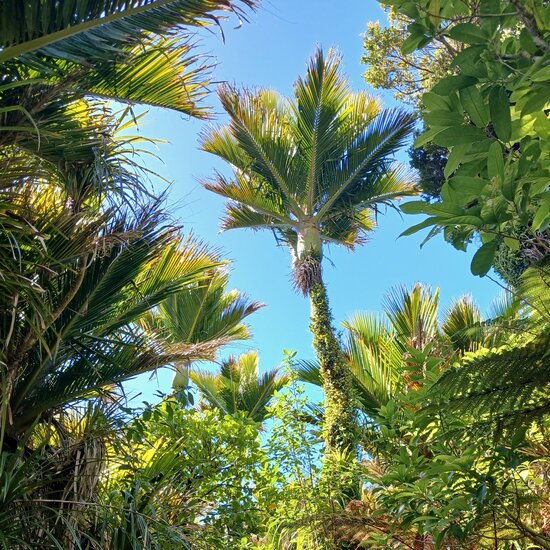
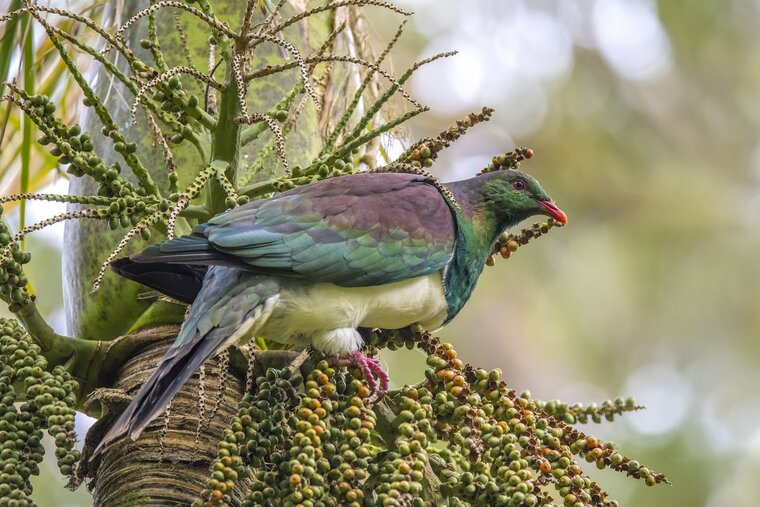
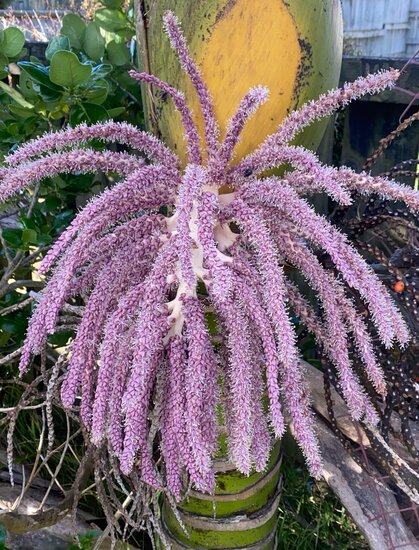
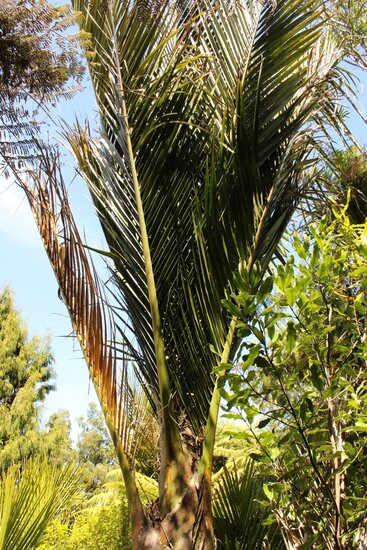
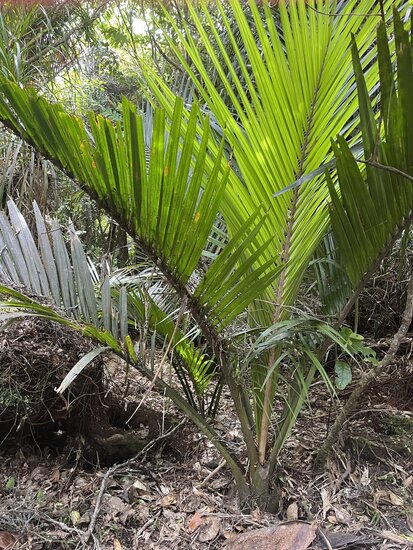
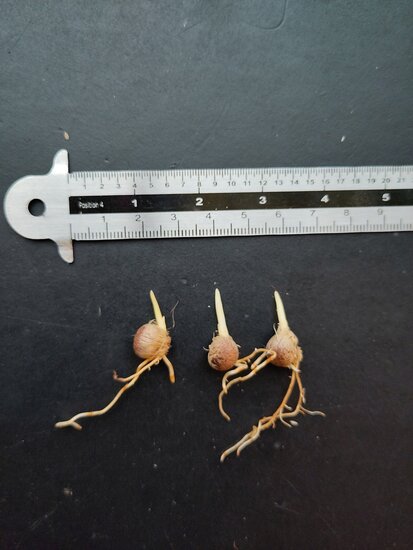






Product description
The Nikau palm is the southernmost growing palm in the world with beautiful feathery leaves and origins in New Zealand. There, this palm species grows up to 15 metres tall with a green to grey trunk and upright, feathery leaves that can grow up to 3 metres long. When mature, sometimes only after 40 years, the palm can produce large, pink to purple flower clusters that, when pollinated, form green to red berries that are edible when unripe. When ripe after almost a year, they are traditionally used for jewellery. This palm species is the only one of the Arecaceae family to have survived the ice ages on the South Island of New Zealand. The Maori traditionally use the palm leaves to make baskets, mats and roofing. The fibres are also used for weaving and the unripe berries are eaten. The berries are also widely eaten in the wild by kereru and kaka birds. Nowadays, the species is widely planted for its ornamental value.The palm species can be kept as a container plant in temperate climates. As the palm ages, it can also be placed outdoors with frost protection. Use a deep pot with well-drained soil to prevent root rot. Younger plants can be placed in a location with plenty of indirect sunlight. When repotting, it is important not to damage the main root. Older palms can tolerate more direct sunlight. It is a slow grower that only develops a trunk for the first time after about 10 years. However, the species can live for hundreds of years. It is a rewarding palm species.
Sowing description: Upon receipt of the germinated seeds, they can be sown immediately in a deep pot with sowing and cutting soil. Keep the soil constantly slightly moist, but avoid overwatering. Place in a location with plenty of indirect light. A warm location around 20-25 degrees Celsius is ideal for initial development.
Photo 1: Michal Klajban Wikimedia Commons
Photo 2: Charles J. Sharp Wikimedia Commons
Photos 3 & 4: H.Wendl. & Drude GBIF
Product specification
Family:
Arecaceae
Scientific name:
Rhopalostylis sapida
Common name:
Nikau
Native to:
New Zealand
Sowing time:
All year round
Difficulty level:
Intermediate
Minimum temperature:
-6 degrees celsius
Do you have a question about this product?
Ask us your question
Product specification
Family:
Arecaceae
Scientific name:
Rhopalostylis sapida
Common name:
Nikau
Native to:
New Zealand
Sowing time:
All year round
Difficulty level:
Intermediate
Minimum temperature:
-6 degrees celsius
Add review
Write a review about this product.
Reviews
No reviews yet



